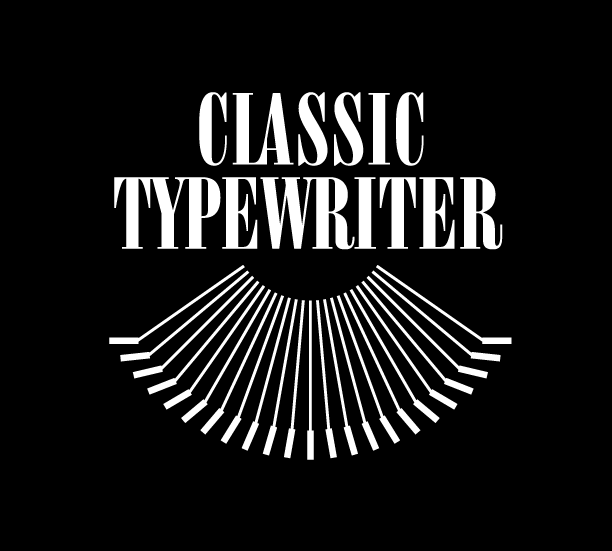Famous Writers and a Note about their Writing Practice and Typewriters
Here's a breakdown of some of the most famous 20th-century writers and the typewriters, pens, or handwriting practices they were known to use, as much as possible:
American Writers
Ernest Hemingway
Typewriter: Used a Royal Quiet Deluxe and a Corona No. 3 portable typewriter, especially while traveling.
Handwriting: He also handwrote many first drafts, often using pencil for its flexibility.
F. Scott Fitzgerald
Typewriter: Used a Remington Portable typewriter for many works.
Writing Style: Known for meticulous handwriting and revising drafts by hand.
William Faulkner
Typewriter: Often worked on an Underwood Standard Portable.
Handwriting: Drafted some works longhand before typing them.
Toni Morrison
Typewriter: Used a typewriter in her early career but transitioned to computers later in life.
Pen Practices: Known to write annotations and notes longhand in the margins of manuscripts.
J.D. Salinger
Typewriter: Preferred a Royal Standard.
Handwriting: Famously private, he may have also written longhand, but few specifics are documented.
Kurt Vonnegut
Typewriter: Used a Smith-Corona Coronamatic 2200.
Notes: He sometimes jotted ideas longhand before typing.
John Steinbeck
Typewriter: Used a Royal Standard for typing.
Handwriting: Wrote longhand first drafts with a soft pencil (e.g., Blackwing 602) and filled notebooks.
Sylvia Plath
Typewriter: Used a Hermes 3000 portable.
Handwriting: Her journals reveal a mix of handwritten drafts and typewritten work.
Jack Kerouac
Typewriter: Used an Underwood Portable typewriter and later a Hermes 3000.
Unique Style: Famously wrote On the Road on a continuous scroll of paper in a three-week marathon.
Ray Bradbury
Typewriter: Rented a Remington and later used an IBM Selectric.
Handwriting: Drafted outlines and notes longhand.
European Writers
George Orwell
Typewriter: Used a Remington Home Portable typewriter for works like 1984.
Notes: Frequently wrote longhand in notebooks.
Virginia Woolf
Typewriter: Used an early Underwood Portable.
Handwriting: Drafted much of her work longhand in spiral notebooks.
James Joyce
Typewriter: Relied on secretaries to type his handwritten manuscripts, such as for Ulysses.
Handwriting: Wrote longhand and used colored crayons to annotate proofs.
Franz Kafka
Typewriter: Likely used an Underwood or similar typewriter at his office job.
Handwriting: Wrote his manuscripts longhand in notebooks.
Hermann Hesse
Typewriter: Used a Smith Premier and Remington Quiet Writer.
Handwriting: Wrote much longhand with fountain pens, often journaling as well.
Albert Camus
Typewriter: Used a Royal Portable.
Writing Process: Mixed handwritten notes and typed drafts.
Jean-Paul Sartre
Typewriter: Wrote on a Hermes Baby typewriter.
Handwriting: Took notes longhand, often in shorthand style.
Simone de Beauvoir
Typewriter: Likely shared Sartre’s Hermes Baby typewriter but also wrote longhand.
Samuel Beckett
Typewriter: Used a Remington Portable.
Handwriting: Often wrote drafts longhand before typing.
D.H. Lawrence
Typewriter: Used a Corona and a Remington Portable.
Handwriting: Preferred handwritten drafts for intimacy with the work.
Latin American Writers
Gabriel García Márquez
Typewriter: Used a Smith-Corona for writing One Hundred Years of Solitude.
Handwriting: Drafted outlines longhand.
Jorge Luis Borges
Typewriter: Rarely used a typewriter due to his blindness, relying on dictation and assistants.
Isabel Allende
Typewriter: Began writing The House of the Spirits on a Smith-Corona Electric.
Miscellaneous Notes
Many writers in the early 20th century relied heavily on portable typewriters like Corona, Underwood, and Remington models.
Handwriting remained integral for initial drafts and notes, with tools like fountain pens and pencils playing key roles. Famous pens include the Blackwing 602 pencil (Steinbeck) and various fountain pens (Hesse, Woolf).
Some authors like Borges or Joyce relied on assistants or dictated their works due to physical limitations.
Did you want us to cover any other writers?

